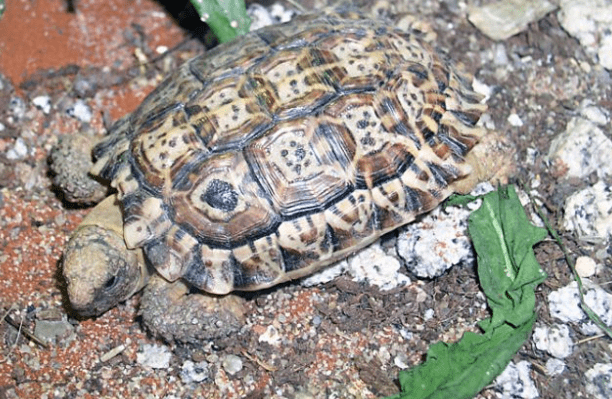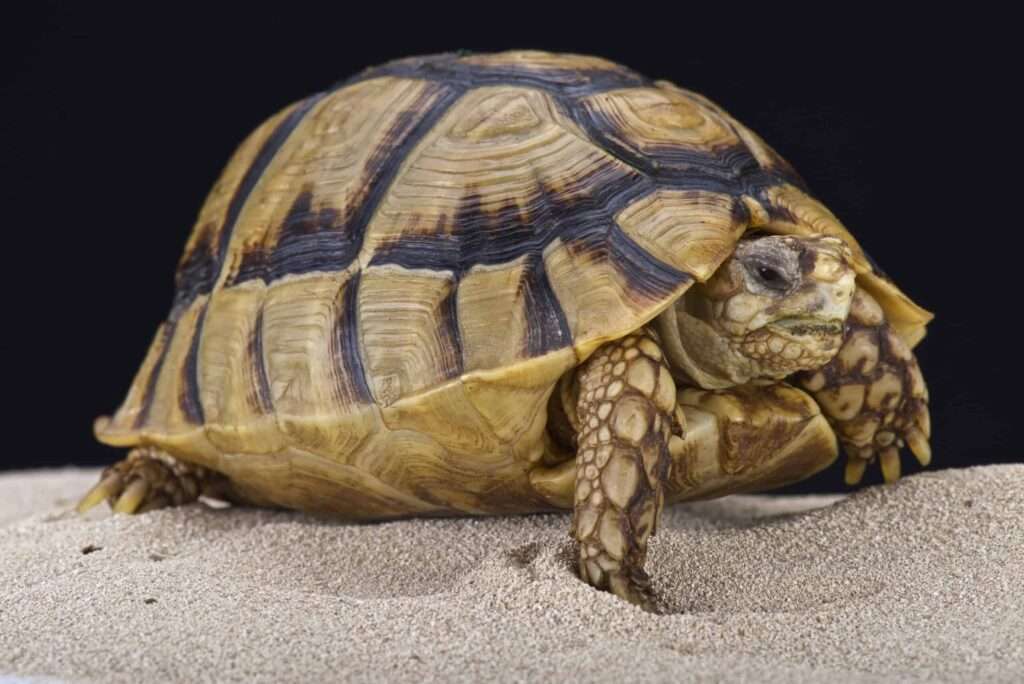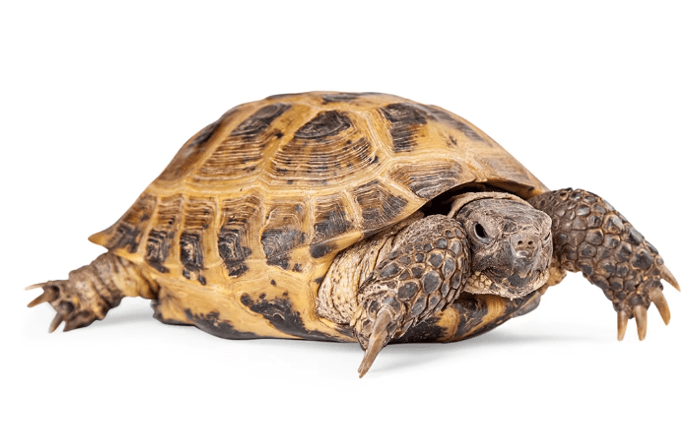
Description
A species of turtle belonging to the Testudinidae family is the Greek tortoise (Testudo graeca), also referred to as the spur-thighed tortoise. One of the five species of tortoises native to the Mediterranean is the Greek tortoise. It can come in a variety of hues, including as brown, black, dark yellow, and gold. The patterns on this tortoise’s shell, which resemble ancient Greek mosaic borders and various colored dots, gave rise to its name. A Greek tortoise has a flat head with huge eyes, a domed carapace, enormous scales on its legs, and powerful claws.
Habitat
Greek tortoises can be found in southwest Asia, North Africa, and southern Europe. There are a lot of them in Georgia, Azerbaijan, and Armenia, as well as along the Black Sea coast of the Caucasus (from Russian Anapa to Abkhazia Sukhumi in the south). The ones in North Africa can be found in coastal dunes, brushy hillsides, rocky, pine forests, marshland borders, and semi-arid scrub, grassland, as well as regions in the Atlas Mountains.
Behavior
Greek tortoises come in a variety of subspecies, some of which are highly distinct from one another. For instance, some animals who live in colder climates hibernate throughout the cooler months of the year, but other animals prefer warmer climates because frigid temperatures are unhealthy for them. These terrestrial creatures live in arid climates with low humidity. They are primarily diurnal, although may spend the warmest parts of the day in a burrow. They start their day by lying flat on rocks, their head and legs fully stretched. They then graze before going back to the scrape in the closet.

Keeping as Pet
Housing
Despite being quite small, Greek tortoises need a lot of space to roam around. Many tortoise owners choose to create wooden cages or utilize enormous plastic storage tubs as housing rather than utilizing fish tanks. Tortoises don’t need the height that tanks offer; they just need floor space. A space that is at least 3 feet by 6 feet with walls that are around 18 inches tall is fine, however larger spaces are usually preferable. Make careful to remove any visible waste and uneaten food from the cage each day, and make sure to clean the enclosure with a reptile-safe cleaner once a week.
Humidity
Greek tortoises require a humidity range of 40% to 60%. Check the humidity level in the enclosure with a hygrometer. Mist the tortoise as often as necessary to maintain humidity, such as every other day. Additionally, humidity will be added if the water dish for your tortoise is always full.
Food and Water
Greek tortoises are herbivores, thus a diet strong in fiber and low in protein is optimal for them. The majority of your tortoise’s diet should consist of a variety of dark, leafy greens and other vegetables, such as collard greens, broccoli, endive, dandelion greens, fresh parsley, zucchini, and shredded carrots. Give your tortoise a variety of vegetables every day. To maintain the shape of your tortoise’s beak and to provide more fiber, add chopped timothy hay.
They are able to consume modest amounts of food, such as apple slices or chopped strawberries or raspberries. However, it shouldn’t account for more than 10% of your diet.
You can add a high-quality commercial pellet supplied every day to your tortoise’s diet as a supplement. To make sure your tortoise is getting adequate calcium, it is frequently advised to regularly sprinkle the veggies with a calcium powder. To keep your pet at a healthy weight, heed the feeding and supplement recommendations of your veterinarian.
Your tortoise should be able to walk into a water dish and use it to drink or urinate when necessary. To keep things clean, change the water every day or as often as necessary.
Table





